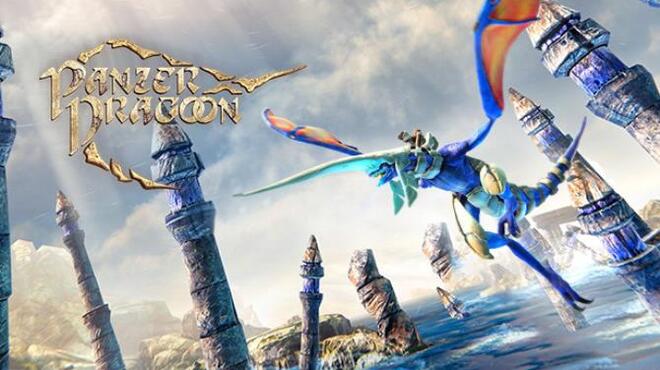

The moths are an important food for various forest birds, while the caterpillars are furry and inedible to most animals – although some animals have learned how to brush the bristles off before eating them. They pupate over winter and emerge as moths in spring to early summer. After the caterpillars are fully grown they go to the ground and spin a cocoon hidden in the leaf litter. The caterpillars can eat quite a lot of leaves off the trees – but this tends to happen towards the end of summer going into fall, so it is not a big problem. The hickory tussock caterpillar has been reported to cause a skin rash for some people when they brush against the wooly mass of bristles. As with all wooly caterpillars, it is covered in bristles. These are called pencils and are found on each corner of the body.Ĭalling it a wooly worm is in fact a misnomer – it is a caterpillar. This worm also has four small areas with a very thin cluster of black hairs longer than the rest of the fuzz.

Some appear to have tiny black spots instead of a black line sometimes, the black line appears more like individual tufts than a line. Some of them can be all white without the black line and are called albino woolly bear caterpillars. The caterpillar is white with a black line down its back. The caterpillars are also known as the white woolly caterpillar or white woolly worm.

These moths emerge from the cocoons they overwintered in May-June and lay eggs on hickory and other deciduous leaf trees in North Eastern North America. They are caterpillars of the hickory tussock moth, Lophocampa caryae. What are white woolly bear caterpillars? Do these caterpillars do anything bad? What should we know about them? What should we know about wooly bear caterpillars in general? Read more to find out about these interesting creatures! What are White Woolly Bear Caterpillars?


 0 kommentar(er)
0 kommentar(er)
